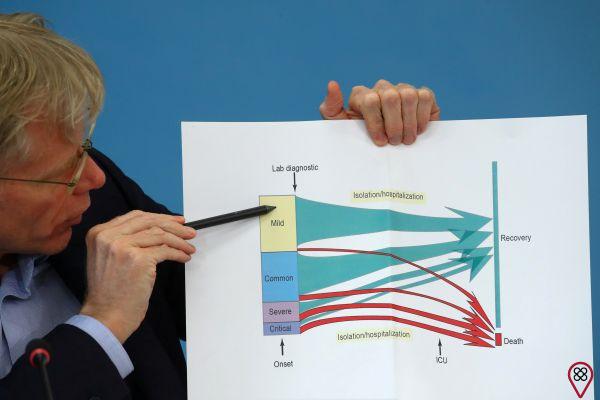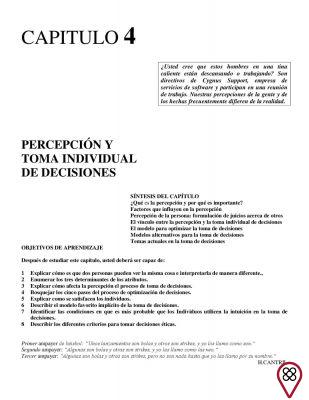The term “psychopath”, as a synonym for psychic illness, was used by Freud in an article published posthumously in 1942, and is still one of the least defined in psychiatry today. Therefore, we will still need many years of research to obtain a more in-depth knowledge about the disorder. For this reason, the question remains as to how far narcissism goes – as a personality deviation – and where psychopathy begins. Hence, it is common for many authors, for the sake of a more precise definition, to make use of the term “narcissistic psychopath” to refer to the person with NPD.
Kurt Schneider described psychopathic personalities as being aggravated forms of behavioral deviations common to the general population, but different in the degree of mental impairment of their carriers. By the end of his studies he had defined at least ten types of psychopathic characteristics in which several of them can also be observed in NPD, allowing us to understand the difficulty of separating the two disorders.

Evidently, any person can present some of those characteristics without this being decisive to affirm that they constitute an abnormal personality, or make them a narcissistic psychopath. The American Psychiatric Association itself, for example, does not use the term “psychopath” in its diagnostic manual, preferring the expression “personality disorder” to define the presence of some of them or to name the complete set of characteristics perceived in a person. . And this applies even to cases in which clinical changes are identified in the patient resulting from brain injuries that can be verified by medical examinations, such as X-rays.
However, this does not mean to rule out that they are personality deviations described in the annals of medicine or that they do not bring serious consequences for both the patient and society just because of the difficulty of diagnosis, lack of treatment or the imputation of damages caused to their victims. Hence, the recommendation is still to keep the distance from people affected by such disorders as soon as they are identified, notably those who bring histories in which similar situations are unequivocally found, regardless of their origin, as they constitute a real social problem that still does not count. with no preventive or remedial action.
If it is already difficult to confirm a psychopathy even in cases in which the available technology reveals the presence of brain anomalies, it becomes almost impossible to identify it in the early years of childhood, because of factors specific to this stage of life, which has not yet taken place. of the child the same rules of coexistence that apply to adulthood. Differentiating, therefore, a pathological disorder from the proper and socially accepted behavior at this normal stage of development ends up becoming a practically insurmountable challenge. Hence it is important to understand why the real personality deviations only become clearer from the beginning of adulthood, when the personality is already formed and, consequently, is more difficult to be corrected.
So we can say that, concretely, there are still no elements in our science that allow the identification of an anomaly in the development of very young people without a physical cause that denounces it — or even the occurrence of a fact that completely deviates from the standards. Added to this is the aggravating factor that these “patterns” have great amplitude, and the reference ends up being restricted to extreme situations, which completely escape the “average behavior” or typical of each individual. This means that, even if a young person demonstrates a more radical attitude compared to others of the same age or even the majority, this can easily be attributed to differences in temperament, not to an anomaly.

Even among adults, the perception of a personality deviation is not always noticeable, unless it borders on extremes that are uncommon for most people. Hence, in order to reach a conclusion of psychopathy with regard to behaviors, it is necessary to observe a pattern maintained over time, unlike, for example, depressive episodes or psychotic outbreaks, which usually have a beginning, middle and end. The end.
In the cases of NPD, the object of our series, one of the symptoms that most reveal it is that its patients allude to their misfortunes and difficulties without ever admitting that the origin of the conflicts is in themselves, attributing them to the people with whom they relate. This type of narcissistic psychopath stands out for not running away from relationships: on the contrary, because he feels an uncontrollable need to have an “audience” to show himself to, without which his “conquests” are meaningless. And this is the reason for approaching people in a very engaging and seductive way, as he sees in his victims the solution to all his problems, even in the simplest tasks, which would not be seen as problems by a normal person. Another very typical indication of this profile is that he will never feel that any of his “needs” will be met, always discovering another one as soon as he obtains supply for the last one.
Another characteristic that is almost never absent in the described NPT is his paranoid attitude towards the current victim, when he reveals an excessive distrust and strong feeling of possession over him, which may, not infrequently, involve aggression. During the period of “possession”, the stance that stands out the most is that of absolute dominance over the “fly” trapped in its web, behavior carried to exhaustion and obsession, followed by great frustration when people refuse to give up. of themselves for his benefit.
It can also be said, without much margin of error, that there is no room for a rational dialogue with the narcissistic psychopath, notably with a view to understanding that he is the origin of the problems he collects, one after another. His reaction will be that of being confronted, causing him to descend into an endless loop of conflicts in which he must win at any price. It is useless, therefore, to wait for him to become aware of his problem and for some kind of change to occur from the conversation. In dealing with very young narcissists, neutralization by the family can occur because of well-defined and objective limits, but with adults, no other way has yet been discovered to neutralize their actions, other than through irreversible physical distancing.

In the absence of medication or treatment that can suppress the effects of personality disorders, victims can only hope that mood instability, anxiety states and successive bouts of insecurity felt by the patient will direct them to a search for a solution, even if momentarily. But it is necessary to understand that this will depend only on him, since he will be refractory to any and all attempts arising from the initiative of others. Cases of personality disorder can be kept under relative control when undergoing psychotherapy, but in general its effects are slow and there is no guarantee of achieving a result. Suffice it to say that so far there is no evidence of treatment that has been shown to be effective for such disorders.
The therapist's most common strategy, when faced with someone who has accepted the cause and effect relationship between his behavior and the suffering he imposes on himself and other people, is to suggest to his patient to work on new ways to achieve his goals for himself. , before desiring others to do it for you. The process, however, is very complex, approaching the criteria applied to normal people in states of deep depression, suicidal tendencies or psychotic episodes that pose risks to themselves or others.
You may also like
- Identify how psychopaths manipulate people
- Watch how a perverse narcissist acts
- Analyze whether narcissists see themselves as superior
The important thing is to know that control attempts applied to such cases are treated so far as palliative actions, not as a solution, since there are no records of definitive improvement after treatment. Having this awareness assumes a vitally important role for victims of NPD carriers, who need to face withdrawal as the only measure that allows them to leave the relationship without further consequences, instead of investing in the relationship believing that their dedication will have the power to stop the conflicts and produce some kind of lasting or even definitive change.

























